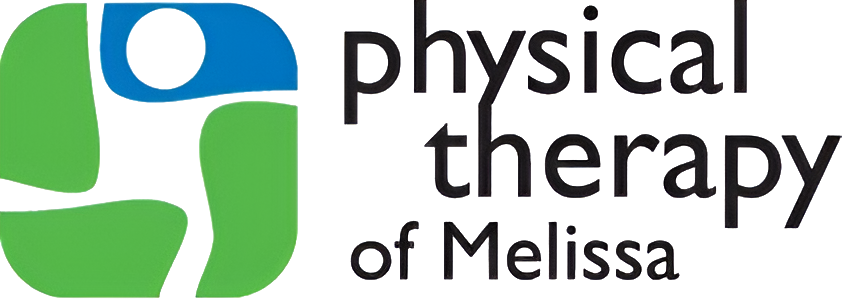
Kiss Lower Back Pain Goodbye: How Physical Therapy Can Help
Many people suffer from lower back pain and have no idea how to find lasting relief. Dealing with this kind of pain can take time away from relaxing, working, spending time with family, and enjoying life overall. Not to mention it can keep a person feeling extremely irritable, stressed out, and can lead to a variety of other health issues!
The World Health Organization estimates that in the United States, 149 million days of work are lost due to low back pain. Lower back pain is the leading cause of activity limitation and work absence throughout much of the world, imposing a high economic burden on individuals, families, communities, industry, and governments.
If you’re dealing with this kind of pain, there’s no question about it: you want relief and you want it now. Our licensed physical therapist can help guide you through the necessary treatment to get back to your daily life, without pain. Contact Physical Therapy of Melissa today to learn more!
Types of Physical Therapy Treatment
Physical therapy is a specific type of treatment that targets the management of disabilities and injuries. A physical therapist is skilled at alleviating all kinds of pain, including back pain. Physical therapy encourages healing and is a great treatment option to restore range of motion and functional mobility. These types of therapists are trained and knowledgeable regarding conservative management techniques including the rehabilitation of patients with neurologic, cardiovascular, and orthopedic conditions.
There are typically two main parts of every physical therapy program — passive physical therapy and active physical therapy — even though each patient receives a customized treatment plan specific to their condition. Passive physical therapy reduces a patient’s pain levels and makes them more manageable. Active physical therapy involves exercises that patients do independently.
How Does Passive Physical Therapy Benefit You?
Lower back pain can be so debilitating that you can’t be as active as you normally are. It can get in the way of literally everything! Because of this, it is imperative for a physical therapist to decrease your pain as much as possible so that you can start participating in your treatment.
These techniques and tools are commonly referred to as passive therapy because they are done to a patient by a physical therapist.
- Manual therapies
- Massage
- Electrical stimulation, such as TENS Units
- Heat/ice packs
- Ultrasound
- Iontophoresis
- Dry needling
- Hydrotherapy
Some of these methods (such as hot/cold packs and massage therapy) are used to improve blood flow and restore circulation to the affected area, thereby reducing pain and inflammation.
Physical therapists also often use electrical stimulation therapy. This is a non-invasive, painless treatment that delivers electrical waves through your nervous system to reduce muscle spasms, and encourage your body to produce pain-relieving hormones.
Physical therapy also includes hydrotherapy treatment. This kind of treatment involves performing low-intensity movements in water to relieve pressure on muscles. Water allows you to move your joints without discomfort.
How Does Active Physical Therapy Benefit You?
Active physical therapy is different from passive because it involves exercises the patient must do, instead of actions being performed on the patient by the therapist. These exercises are normally utilized later in treatment, once your lower back pain has been decreased enough for you to do them without experiencing too much discomfort.
There are tons of exercises that your physical therapist might recommend. Many of them involve targeted stretches, stability training, and strength training. Some of these exercises can improve your range of motion, and others can build up and restore the muscles around affected areas to provide those parts of the body with proper support.
What to Expect During Your Physical Therapy Appointment
Upon your first visit to our clinic, your physical therapist will ask you many health related questions about your medical history and lower back pain. Allowing them to have this information will help your therapist provide you with the best treatment plan so that you experience long-lasting results.
Your therapist will also conduct a thorough examination of your body. Depending on your symptoms, your physical therapist might assess your flexibility, strength, balance, posture, coordination, blood pressure, and heart and respiration rates. They might use their hands to touch and evaluate your back and surrounding areas to check for tightness. They will also visually assess your mobility.
During your treatment, your physical therapist will provide you with special exercises to perform at home so that you can minimize pain, avoid re-injury, lessen strain, and speed up your recovery time. They may also recommend certain technology or equipment that can aid you in recovery, and spend time educating you about where your source of pain is coming from, as well as pain management strategies.
If you’re ready to alleviate (or even eliminate!) your pain, contact Physical Therapy of Melissa to learn more about how physical therapy can help you live a pain-free life.
